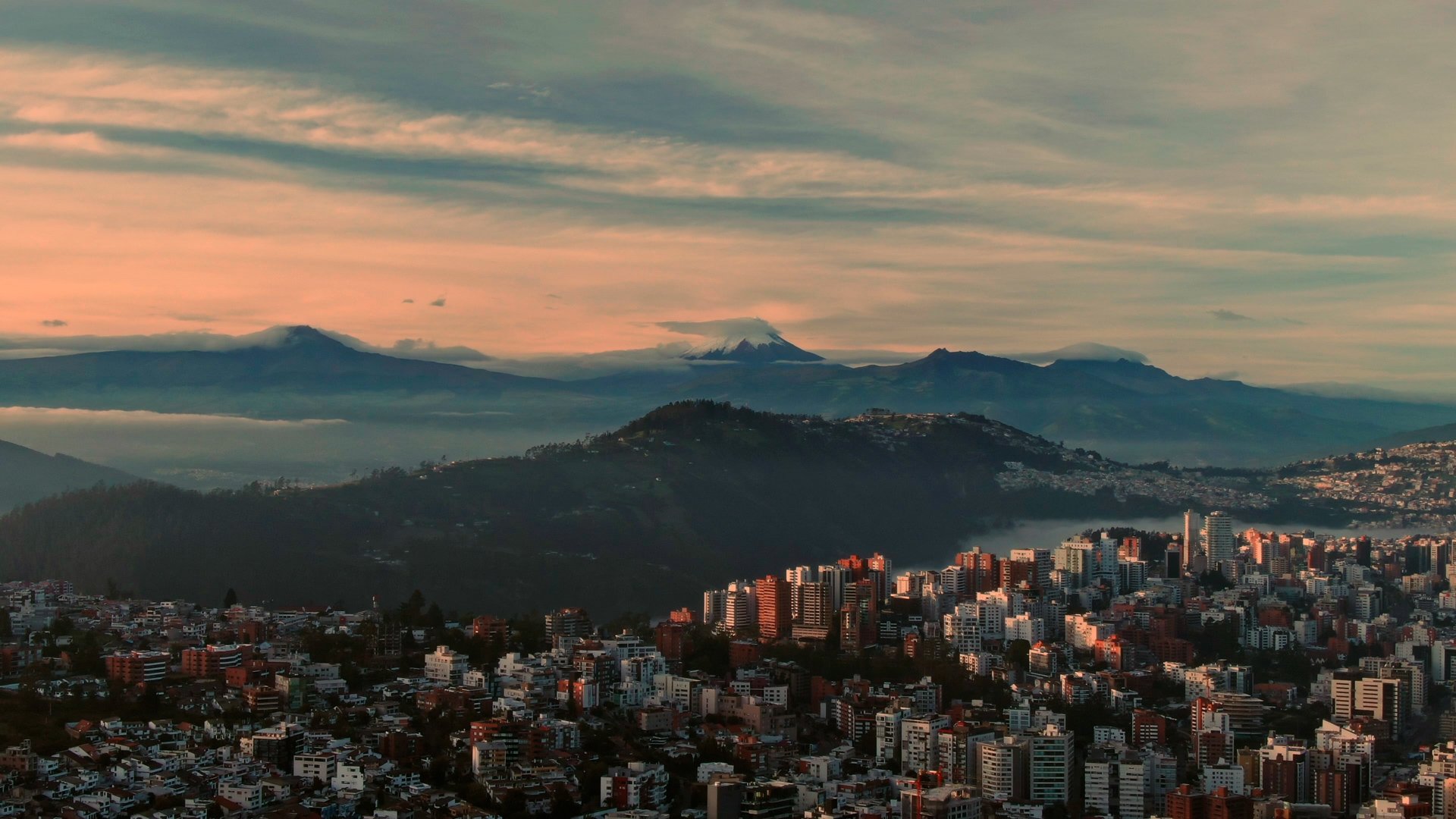48 Hours in Santiago
Nestled in the heart of the Andes Mountains, Santiago, Chile is a city that embodies the spirit of South America. Santiago is known for its rich history, diverse culture and stunning natural beauty, which makes it one of the most sought-after travel destinations in the world. From its thriving food scene and vibrant nightlife to its awe-inspiring mountains and world-class wine regions, it’s no wonder Santiago frequently tops travel lists of ‘places you must visit’, in South America and we’re excited to explore over the next 48 hours.
As I drove from the airport into the city centre, I was struck by how closely the city hugged the Andes Mountain ranges. The statue of the Virgin Mary atop San Cristóbal Hill caught my attention as I reached the ultra-cool W Hotel, where check-in was seamless. After a quick freshen up, I met our &Beyond guide for the next two days, Garry. Garry suggested that the first stop on our itinerary should be a climb to the top of San Cristóbal Hill, and we immediately set off in that direction.
Garry explained that the city has seen much change in recent years due to political unrest and the pandemic. This has left an indelible mark and grit to the city, which is most visible in the remnants of political graffiti and posters plastered all over buildings and monuments far and wide. However, these sights did little to dampen the palpable energy of the city.
As we arrived at the foot of San Cristóbal Hill, we had two options for the forested accent to the top: by foot or funicular. As it was a hot day, we decided to take the funicular. Once we reached the top, the views of the Andes Mountain ranges were visible as far as the eye could see. In the distance, we caught glimpses of the colourful and eclectic Barrios and Santa Lucia Hill just below where Santiago was founded in 1541.
We then embarked on a walking tour of the city, exploring hidden garden patios of Bellavista, the street art of Lastarria, and stopping for local eats, iced coffee and ice cream in the hot summer sun. We eventually made our way to Barrio Italia, which felt decidedly more bohemian. We took refuge from the heat at Cava del Barrio, a wine tasting cave-cum-boutique featuring some of Chile’s best biodynamic wines. We settled there for an hour or so, tasting mostly crisp white varietals, as it paired best with the Santiago summer heat.
The locals, Santiaguinos, appreciate leisurely lunches and late dinners, which means wherever you land in the city, restaurants offer continuous service. After dinner, I remembered I wanted to see the view from Red2One, the W Santiago’s rooftop bar. The view looked beyond the now-illuminated pool to the city lights in the distance. With a nightcap in hand, it wasn't long before chilled music beats signalled the end of a wonderful first day exploring a new city.
After a heavenly sleep and a sumptuous breakfast, I met Garry, and we headed off in search of the freshest produce in the city at Mercado Central de Santiago to take on our afternoon wine exploration to Casablanca Valley.
The markets in Santiago are part of the vibrant culture and provide a glimpse into the city’s traditions, along with endless local and regional fare. The Mercado Central de Santiago is the most famous market in the city, known for its architecture dating back to 1872, with its predominant feature being the cast-iron vaulted ceiling visible throughout the market. Although the vendors sell a variety of produce and even tourist trinkets, this mercado is best known for its fresh seafood
Another must visit is Mercado de Abastos Tirso de Molina offering a gorgeous display of brightly coloured fruits and vegetables, if only serving as a visual feast. There is often a band playing Latin rhythms in the centre of the market on weekends while patrons move from vendor-to-vendor buying their groceries, Garry tells me.
With fresh fruit, nuts and light refreshments in hand our driver is waiting to take us the easy one hour drive northwest to the Casablanca Valley, a cool-climate wine region known for fresh, light whites and fruity reds.
Our first stop is Matetic Vineyards @mateticvineyards, where we are met by one of the Matetic sons, Max who will be conducting our private tour of the vineyard. As we walk the vines Max explains the family business that his father founded in 1999 came about and also informs us of the challenges of setting up Chile’s first biodynamic winery. The scars of setting up such a venture are nowhere to be seen as we walk from vineyard to farmhouse where our table is lavishly laid out with regional plates to sample alongside our wine tasting.
For those who want to stay longer, the onsite restaurant Equilibrio has an indulgent four-course Chilean tasting menu.
Our next stop was Kingston Family Vineyards @kingstonvineyards, which is spread over 350 acres and produces pinot noir, chardonnay, syrah, merlot, and sauvignon blanc in addition to the robust number of grapes the estate sells to other Chilean winemakers.
As the sun begins to set, the drive back to the city is a time to reflect on the past 48 hours in the Chilean capital. It's clear that Santiago is more than a gateway city and no surprise why it tops the list of South American cities to visit, given how full of history, culture, and beauty the city and its surroundings are. It is definitely worth a visit even if you only have 48 hours.






















